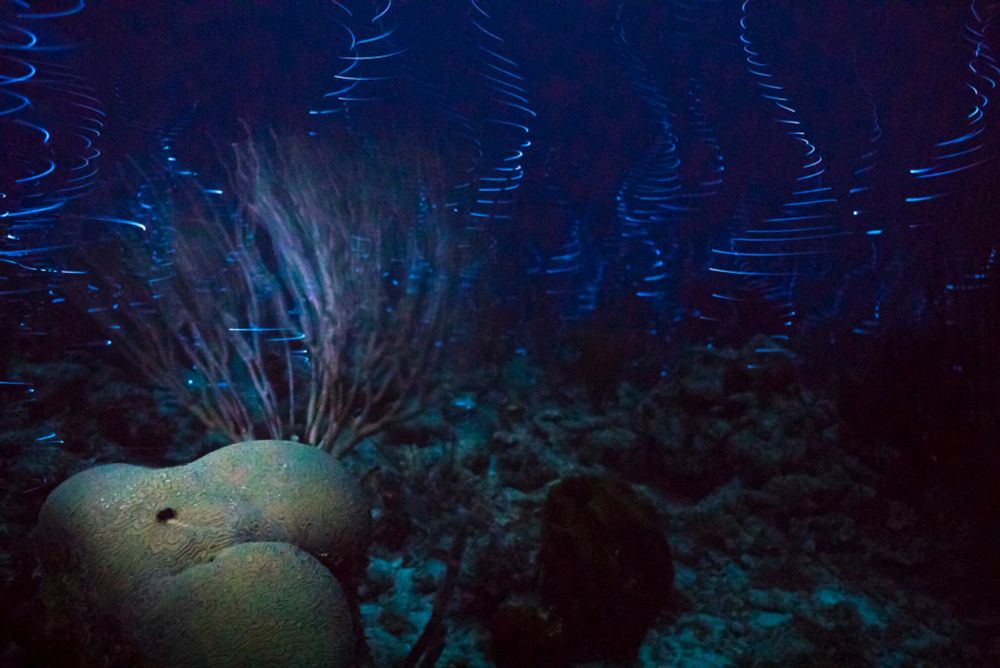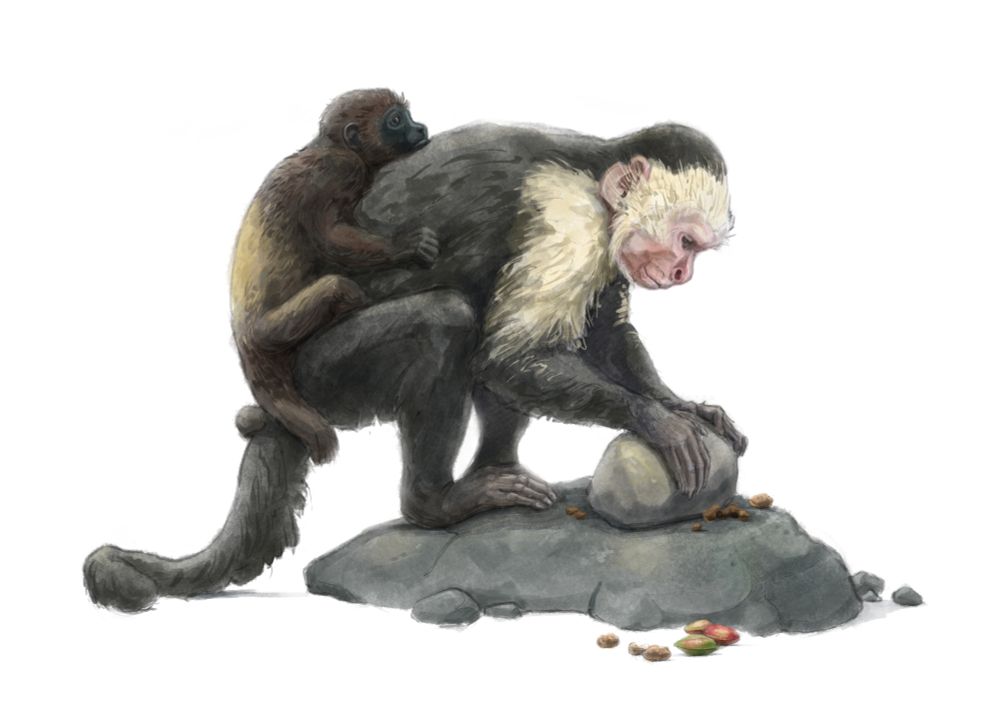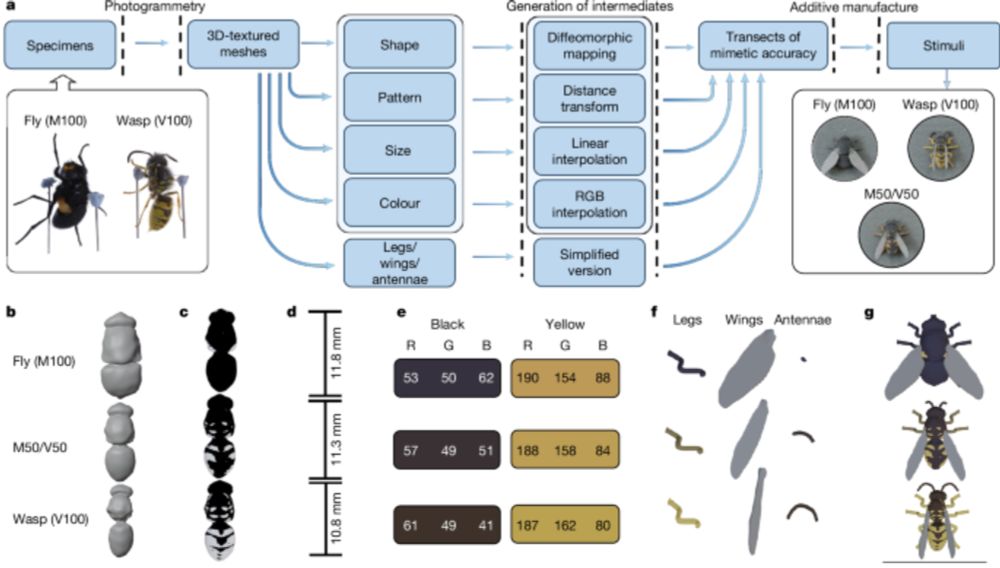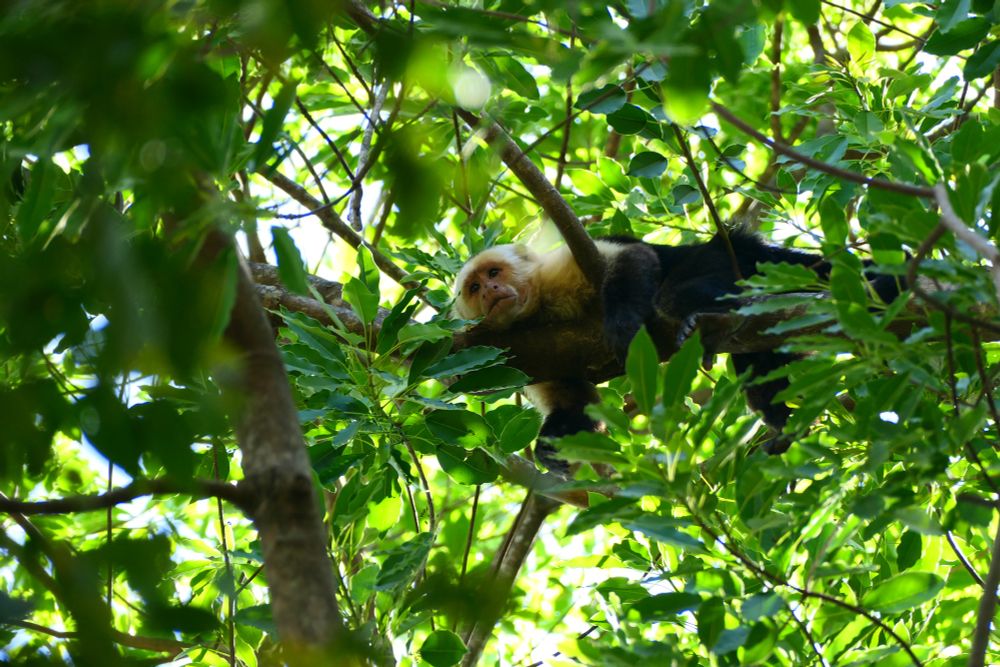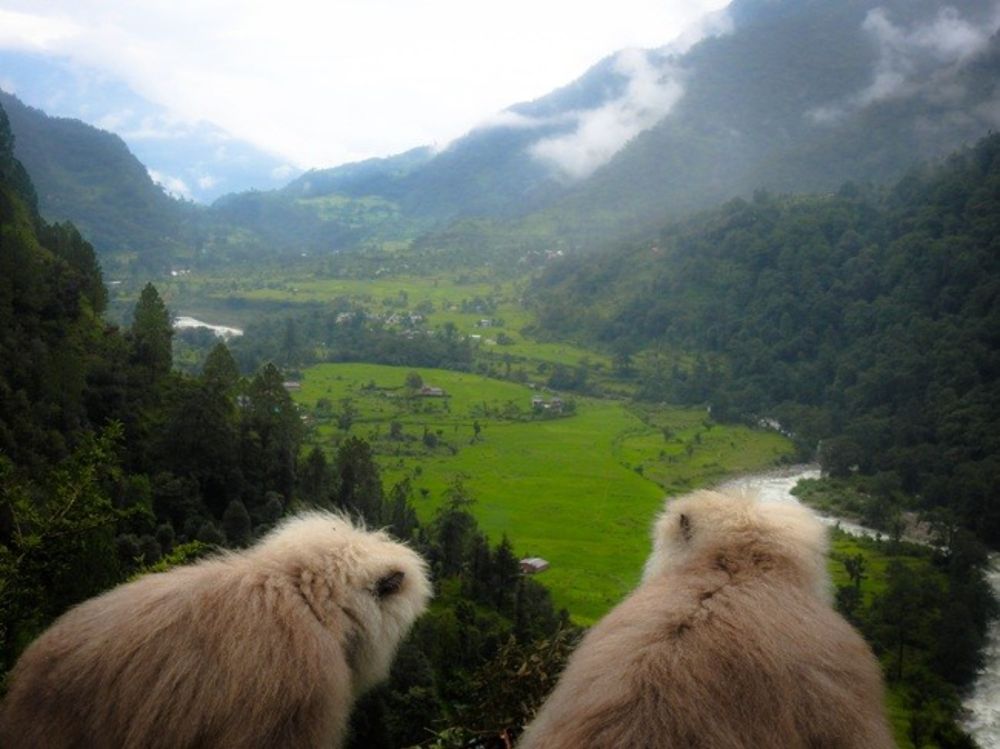Amanda Melin
@amelinlab.bsky.social
120 followers
120 following
13 posts
Professor of Biological Anthropology at University of Calgary. Co-director Santa Rosa Primate Project. Primate sensory ecology, molecular genetics and omics, foraging, behaviour, ecology and evolution. She/Her. www.amandamelin.com
Posts
Media
Videos
Starter Packs
Reposted by Amanda Melin
Reposted by Amanda Melin
Lauren Brent
@ljnbrent.bsky.social
· Aug 31
Amanda Melin
@amelinlab.bsky.social
· Aug 30

The ocular surface microbiome of rhesus macaques - Animal Microbiome
Background The ocular surface microbiota (OSM) is important for eye health, and variations in OSM composition have been associated with multiple diseases in humans. Studies of OSM-disease dynamics in ...
animalmicrobiome.biomedcentral.com
Reposted by Amanda Melin
Reposted by Amanda Melin
Amanda Melin
@amelinlab.bsky.social
· Jul 16
Amanda Melin
@amelinlab.bsky.social
· Jul 16
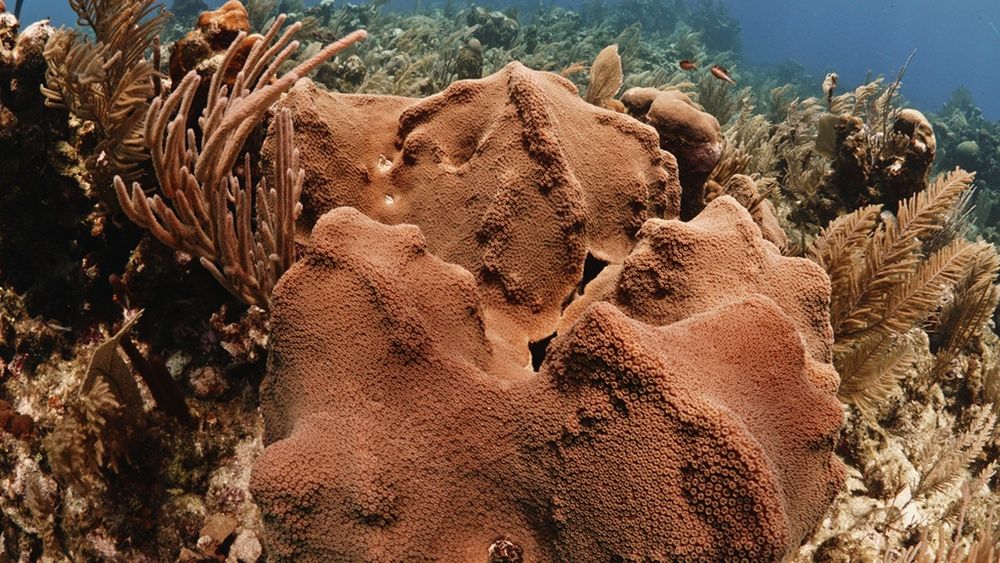
Urine washing and urinary odour profiles in relation to dominance rank status in wild male capuchin monkeys (Cebus imitator) | Royal Society Open Science
Urine plays an essential role in mammalian olfactory communication, although its potential
role in primates has long been overlooked owing to focus on their visual adaptations
for communication. Here,...
royalsocietypublishing.org
Reposted by Amanda Melin
Amanda Melin
@amelinlab.bsky.social
· Apr 28
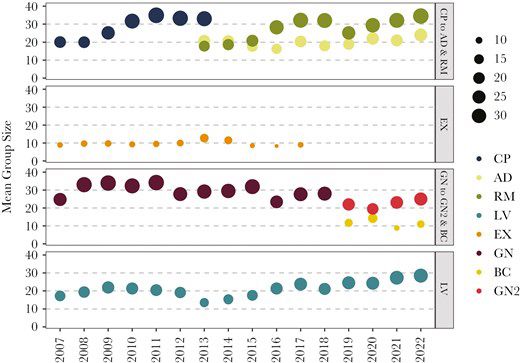
Behavioral diversity and agonism are higher in larger groups among wild Costa Rican capuchins
Understanding the costs and benefits of group living, along with the impacts of group size on the behavior, has long interested evolutionary biologists. Le
academic.oup.com
Reposted by Amanda Melin
Amanda Melin
@amelinlab.bsky.social
· Mar 23

Fruit scent and observer colour vision shape food-selection strategies in wild capuchin monkeys - Nature Communications
We know little about the relative contributions of visual and olfactory senses for wild, frugivorous mammals. Here, the authors show that in capuchin monkeys, frequency of olfactory evaluation of frui...
www.nature.com







